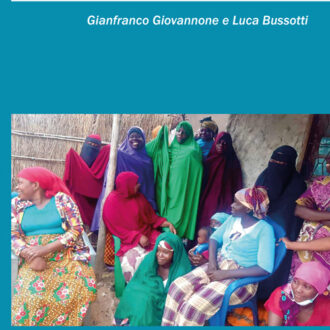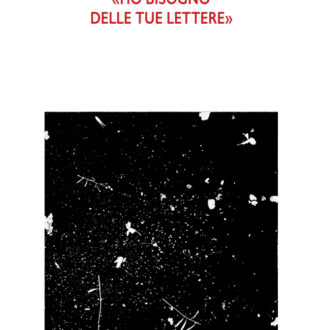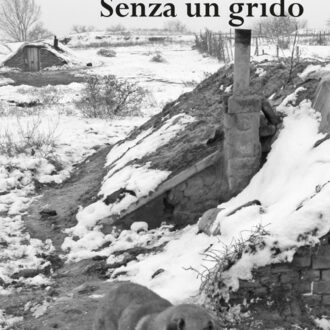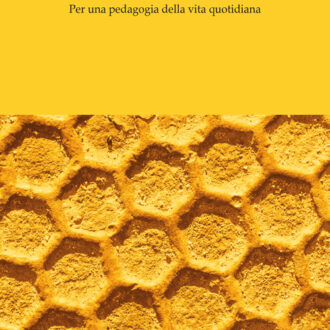ABSTRACT
Anche in occasione del suo tricentenario, i critici insistono sulle contraddizioni di Rousseau. In quest’articolo ci si propone, invece, di dimostrare che esiste una profonda coerenza tra il pensiero e l’uomo, attraverso l’analisi di due immagini di sé lasciate nei suoi scritti da Rousseau: quella del cittadino di Ginevra e del Jean-Jacques in abito armeno. Entrambe deturpate, la prima da Voltaire nel Sentiment des Citoyens (1764), la seconda nel ritratto dipinto da Ramsay nel 1766, alle National Galleries of Scotland.
Attraverso il cittadino di Ginevra Rousseau afferma la propria libertà, poiché mai si è sentito un suddito, e nel travestimento armeno cerca di resistere all’usura del tempo, di trascendere la mortalità e accedere all’immortalità celeste.
Even on Rousseau’s tercentenary, critics still insist on pointing out his contradictions. This article, on the other hand, intends to prove that there is a profound coherence between the thought and the man through the analysis of two self-descriptions left by Rousseau himself in his writing: the image of the citizen of Geneva and the one of Jean-Jacques in his Armenian costume. Both images have been twisted: the former by Voltaire, in Sentiment des Citoyens (1764), the latter in the portrait painted by Ramsay in 1766 at the National Galleries of Scotland.
Through the citizen of Geneva Rousseau declares his freedom, because he never felt like a subject, and, in his Armenian costume, he tries to resist the ravages of time, transcend mortality and reach the celestial immortality.












Recensioni
Ancora non ci sono recensioni.